Artisan Fishermen Reconnect Argentina To Its Oceans
Independent fishermen have always fed Argentina—until an industry for export pushed them to the margins. Today, they struggle to reclaim control of their oceans.
Editor’s Note: This story is published in The Industry Issue of Life & Thyme Post, our exclusive newspaper for Life & Thyme members. Get your copy.
The moon is starting to rise over Mar del Plata. The sun slowly escapes behind the apartment buildings that scrape into the pink sky which will soon turn bluer than the ocean. The surfers of this small resort city in Argentina’s north Atlantic coast bob in the water waiting to catch the last waves of the day while beachgoers sit in the cold sand drinking yerba mate. It has been a week of predictably unpredictable winter weather, flitting back and forth between calming breezes and sunny skies to deeply overcast and shrieking winds, frustrating the livelihoods of the region’s independent fishermen.
My phone rings. It’s Jony Arias. “Can you meet me in 20 minutes? We have a two-hour drive ahead of us.” Arias manages an informal collective of fishermen and it has been six days since his men were able to steer their dinghies into open water. Fishing is a job of extremes. There are no fixed hours—the sea doesn’t have a schedule. When the currents are dangerous, they wait; when the weather is benevolent, they work nonstop until the wind turns against them again. Hopefully, the last catch is enough to get them to the next.
I grab my camera and sprint to a nearby gas station where Arias is waiting with cookies and a liter of orange soda. I wonder why the Toyota’s cargo is loaded with rope and tires. Forty-five kilometers south, we pull into a quiet neighborhood in the coastal town of Miramar where an older fisherman waits for us in his driveway. We tie the tires on top of 18 crates stuffed with 450 kilos of fish, the sand still dark from the ocean and clinging to the iridescent scales like clay, and keep driving. We stop at another gas station to grab more cookies and a six-pack of beer and speed through lush green farmland before the coast reemerges in the port city of Necochea.
We back our pickup into a small processing plant where teams of other fishermen are waiting to weigh their catch. It is rounding 8 p.m. and some have been up since 2 a.m. Winter fishing happens deep at sea, as far as 90 kilometers from the coast, which requires a 10-hour round trip in a dinghy that is only large enough to comfortably seat four fishermen. They cast lines that can lure half a dozen fish from the water and pull as many as they can in five hours. On an average winter haul, when year-round catches garner lower prices, boats gather somewhere between 400 and 600 kilos of fish that are piled into large waste bins that are towed underneath the boat.
“If you aren’t from this world, it’s a really bad time. Really, really bad,” Arias warns me. “The horizon line moves up and down, freezing cold water sprays your hands and face, and if a guy gets sick, there is no turning around.”
The men usually spend 15 hours total at sea—sometimes more depending on sudden weather changes, sometimes less if a pack of killer whales starts to circle. Once back on land, the fish is weighed and the fishermen are paid a rate based on prices that are established together with the grocery stores in Buenos Aires’ Barrio Chino.
Arias rushes off to fill the bed of his pickup with ice while his partner Adrian Gambaro pays fishermen; both field constant calls from grocery stores and fishmongers. There is hardly a moment of rest, except in between rounds of refilling the pickup with ice, to quickly pass around a sugar-tinged yerba mate that eventually morphs into cans of Budweiser. Rough winter winds mean fishermen head out to sea less frequently and orders are big. Tonight, 5,600 kilos worth of corvina, chernia, lenguado, mero, salmon blanco and besugo (croaker, stone bass, flounder, sea bass, white salmon and red porgy, respectively) will head to Buenos Aires.
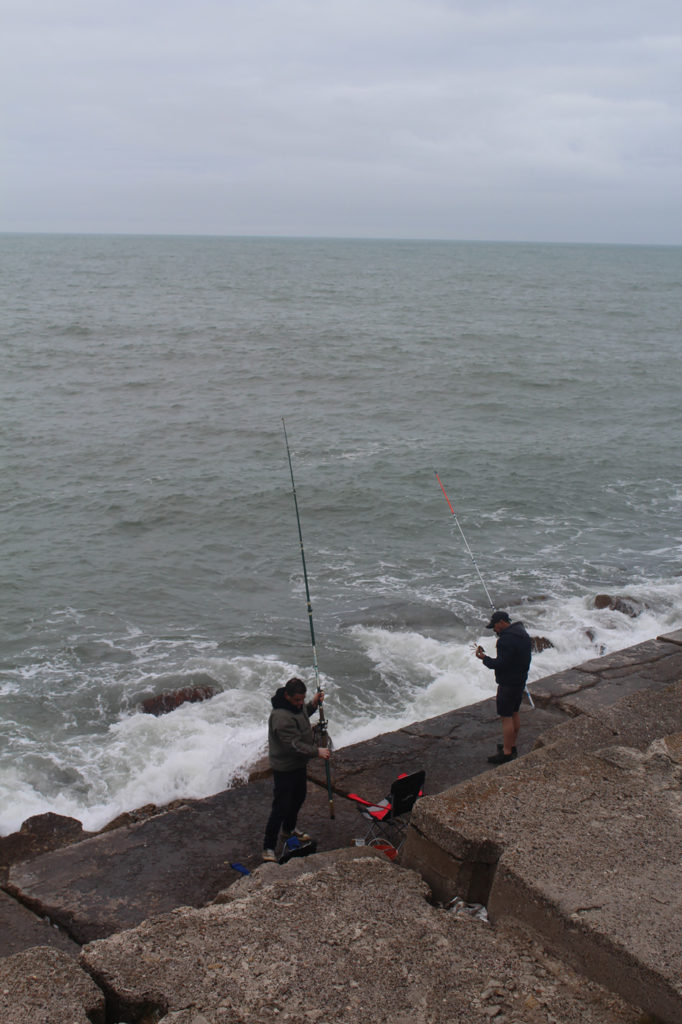
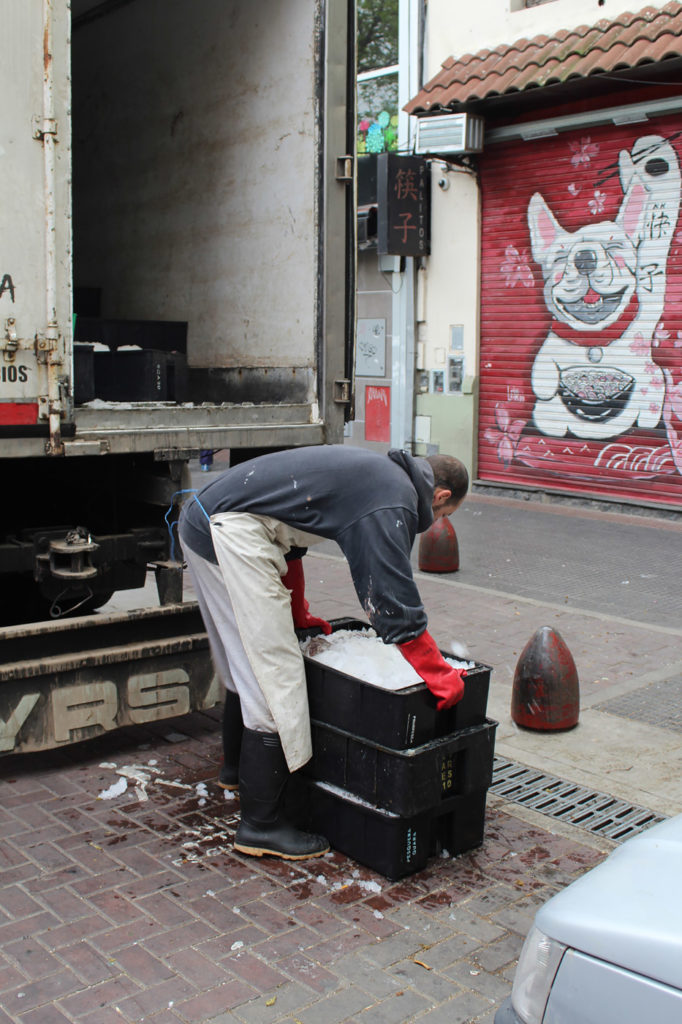
The humidity reaches close to 90% and the 50-degree salt water air sticks heavy inside the plant. We try not to slip on the wet tile floor despite mopping every 10 minutes. For four hours, a team of three men—Guillermo, Brandon and Tata—sort fish by species into 187 30-kilo crates. Every single crate is crowned with a shovel’s worth of ice, stacked and separated by incoming orders, and is eventually thrown nearly two meters off the ground into a semi-truck which Guillermo, Gambaro and Arias will later follow on the five-hour drive to Buenos Aires. The men are paid $1,500 pesos (about $8.77 USD) for the shift—more than twice as much as Tata makes for a full day’s work as a construction worker.
___
Seafood never made much of a dent in the national diet. Argentines annually eat about five kilos of fish and shellfish per capita compared to the 20-kilo global average. It is surprising considering the country’s 4,000-kilometer-long coastline, one million-square-kilometers of maritime territory, and an estimated 700 species of fish, crustaceans and mollusks.
For most of the 20th century, fish consumption was supported by a microscale, circular economy of independent fishermen heavily concentrated around Mar del Plata. Small boats with handmade baskets and fishing lines were the standard and larger fleets were tightly regulated with protectionist economic policies. Beginning in the late 1980s, deregulation across the entire economy opened Argentine waters to foreign fleets and exportation and a brand new and massively profitable industry emerged almost overnight. Within a period of six years, commercial ships tripled in size and exports increased nearly 400%. By 1994, the fishing industry brought in $800 million USD annually. Today, exports represent 90% of all maritime catches and, although the industry fluctuates from year to year, by 2018, exports ballooned to a $2.1 billion annual industry.
Deregulation and over-fishing to meet global demand—mostly from the European Union, East Asia and the United States—have proved to be catastrophic for local fish populations and long-standing artisan fishing economies. Forty-one percent of the market is concentrated by 10 companies that deal a handful of species—33% of exports are merluza (or hake), which is being fished quicker than the species can reproduce and replenish its population. All of this is caught on trawlers with massive nets that pull up everything that crosses its path by the tons. Many are a part of vertical businesses that fish and process for domestic sale or export.
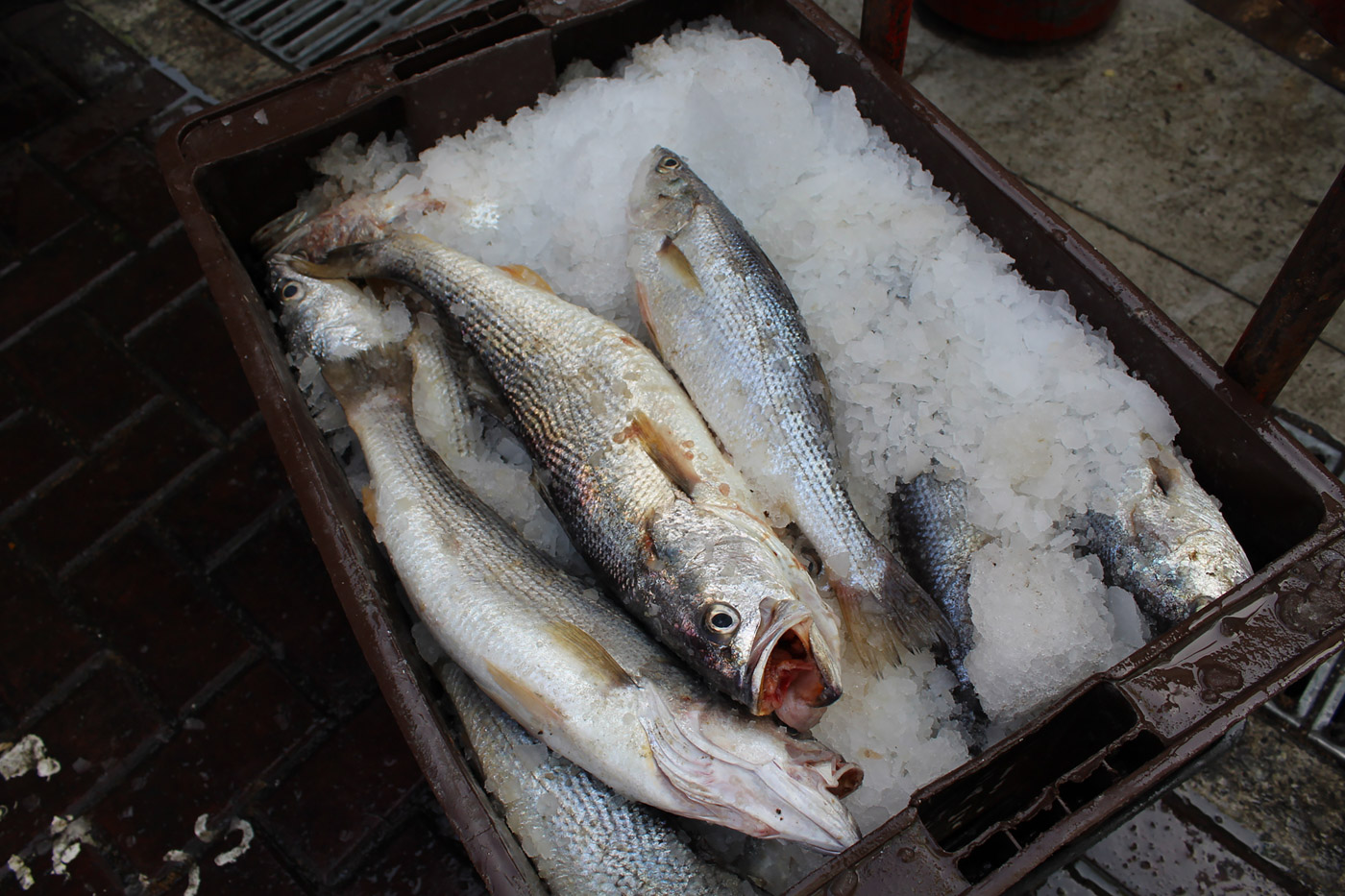
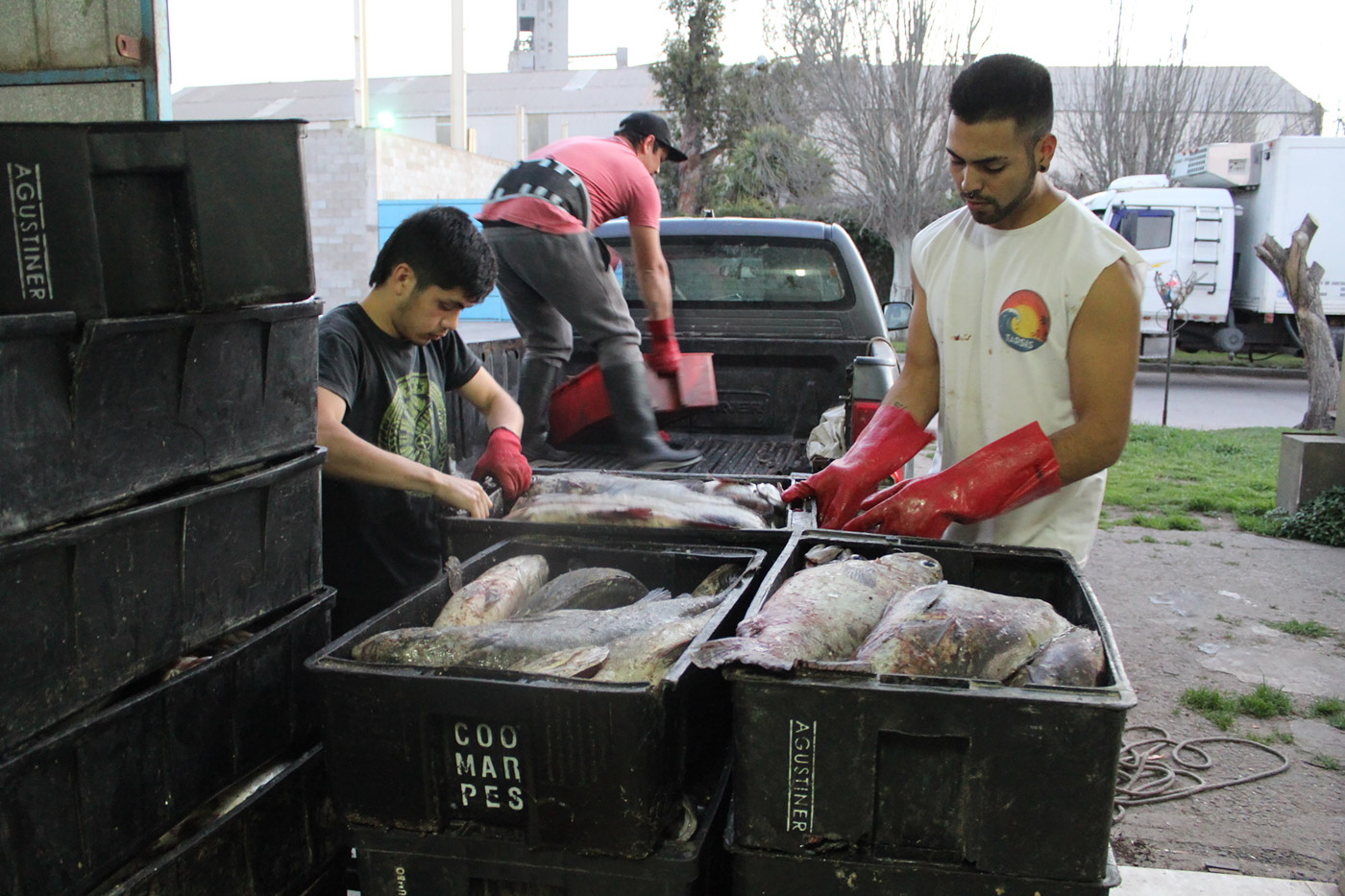
As the industry grew, artisan fishermen that worked small-scale were quickly pushed to the margins or pinched out of the market completely. Paradoxically, an industry built for export has made life and work incredibly difficult for the independent fishermen who feed the local population and use sustainable catch methods.
___
Arias moved from Buenos Aires to Necochea seven years ago. He bought a small boat and spent four years selling his catches to the handful of processing plants that cornered the market. Independent fishermen like Arias are no longer permitted to fish commercially. The factories he sold to couldn’t protect him from authorities that confiscate and fine, but they could absorb his non-permitted fish into the catches from their own commercially licensed fleets—offering independent fishermen the only (semi) legal channel to get their catches onto the consumer market. Thus, they determine the value of the work.
According to Arias, the pay was hardly enough to maintain a household—and much less reinvest back into his work equipment. He complained about little money that was rarely paid on time and how he frequently didn’t have enough cash to buy gas for his boat or would take out loans from friends and family to fix a motor.
Three years ago, he began to organize other groups of fishermen to cut out the middleman and sell directly to grocery stores and fishmongers. But the little protection they had has since evaporated; there is no pathway to legalize their work. And from the moment they hit the water until their fish is handed off to the client, they are at risk of being harassed by authorities.
“There is no legal pathway for us to work formally. Everything has been designed to benefit big fishing companies that also own the processing plants. We can’t afford to break in,” Arias explains. “We don’t want to work this way. We want to have all the licenses and permits that we need to fish, process and transport, but they are out of reach. All we want is to be formal workers and have all the protections and social benefits that come with that.”
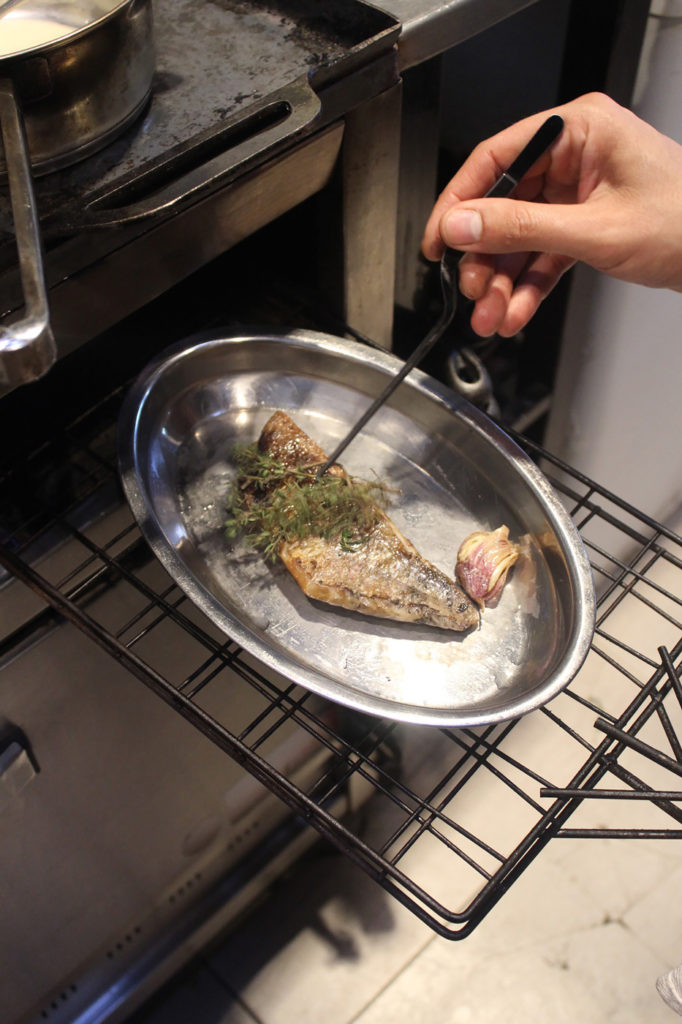
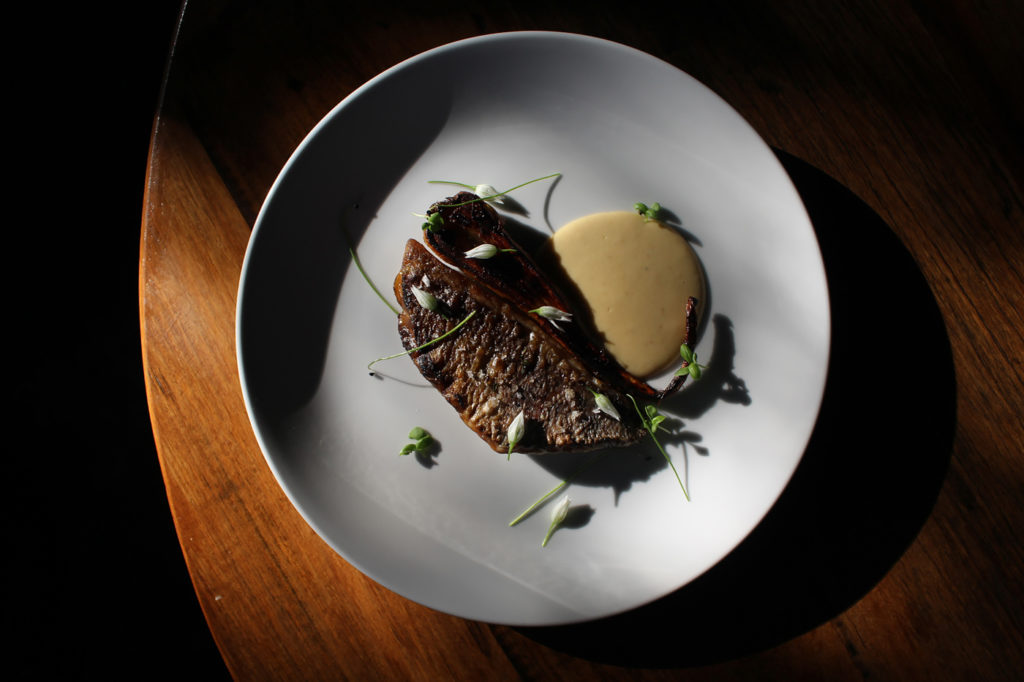
The lack of legal recognition creates physical dangers as well, as they are not allowed to depart from commercial ports. If they are lucky, they can push their little boats up the Quequén Grande River that feeds into the ocean, although many often shove their boats into the choppy ocean directly from the beach. “Fishing in and of itself is already a dangerous job,” Arias notes. “On top of that, we are forced to risk our safety in ways that are completely unnecessary.”
The collective has consulted with lawyers to become a legal cooperative and they have spoken with government agencies to have their work formally recognized with no luck. For now, they are willing to take the risk.
The difference in pay is considerable. On the night I visit in mid-September, Arias and his partners pay $130 pesos (about $0.76 USD) for a kilo of besugo, or red porgy, compared to the $85 pesos (about $0.50 USD) offered at a local plant. That same kilo is resold the following morning for $190 pesos ($1.05 USD) to grocery stores and fishmongers.
Verbal contracts with different fishermen are renewed for the next season. In just a few years, many of the men have bought new trucks, fixed up their boats, and bought better gear to fish with. Arias is better able to provide for his family, including financially supporting his daughter who currently studies at the University of Buenos Aires, something he says would have been impossible to do a few years ago.
___
Most of the collective’s fish ends up in the Chinese supermarkets of Barrio Chino. They also sell to a handful of fishmongers, like Jorge Dominguez, who coordinates purchases and resells directly to restaurants—both are at risk of health inspections that could confiscate fish for not having a legal paper trail.
Dominguez has been selling fish for the last 20 years. Initially, he imported from Uruguay and Chile, although he long wanted to incorporate local species. An avid fisherman, he saw a massive gap between commercial fish and what he wrestled from the ocean himself. Commercial boats go out to sea and don’t come back until the cargo is filled, which can be two to five days or more, then it is processed in a plant and finally sent to Buenos Aires. The entire chain for fresh fish can extend beyond a week before it reaches the final consumer, whereas the fish he buys from Arias hasn’t been out of the water for more than 24 hours.
“There is a grey zone that doesn’t support national consumption of local seafood,” explains Dominguez. “Your choices are to buy from the plant that buys from the fishermen or buy from the fishermen—the legality of the source is the same, but the final product is incomparable. I have enormous respect for the work the fishermen do and work alongside them to support and value that work.”
Dominguez sells to some of the most celebrated cooks and restaurants in the city, including Julio Martin Baez of Julia Restaurant. After receiving and organizing orders, cleaning, re-icing and delivering, Dominguez sells Baez 25 kilos of besugo for $300 pesos per kilo (or $1.75 USD). Baez immediately cleans, fillets and soaks the besugo in a brine for 20 minutes to conserve the meat in a refrigerator for the week and maintain its moisture, a technique he can only accomplish with freshly-caught fish. The necks are turned into escabeche; fins, ventresca and livers are set aside to throw on the grill for colleagues or regulars; everything else is used to make stock. With 25 kilos, he can prepare 50 dishes for a final sale of $1,700 pesos (or about $10 USD) a plate.
“Fish isn’t a part of our food culture. People associate fish with a few holidays and that’s it. We have no idea about the diversity of our oceans,” Baez explains. “Our fish is definitely not the biggest seller, but it is important to me to show diners the potential of Argentine fish. This week, I’m working with besugo, but almost every week we change.”
Baez is part of a new generation of cooks. Over the last few years, and particularly during the pandemic, consumer consciousness has begun to catch up with the voices of independent food workers, shifting conversations toward food sovereignty, sustainable farming and meat sourcing, and more transparency across the food chain. During the last year, the kitchen has completely overhauled all of their purveyors and sources from organic farmers, dairies, butchers, ranchers, winemakers, a slew of artisans and now, fishermen.
The same besugo I watch being unloaded from a dinghy five days before is brushed with olive oil and briefly smoked over crackling quebracho. Its rosy flesh and glimmering silver skin slowly crisp and change color. On the stove, Baez finishes off a long slice of parsnip in butter, garlic and fresh herbs until it turns black and brown. He instructs me to touch the fish with my index finger and note the fragile strength of its meat before he finishes it in the broiler and plates a gentle round of cream and onion flowers.
The union of flavors is delicate. There are punches of sweetness, acidity and salt that take me back to the cliffs of Mar del Plata, the place where all of this started, the ocean where this belongs.






Our comments section is for members only.
Join today to gain exclusive access.